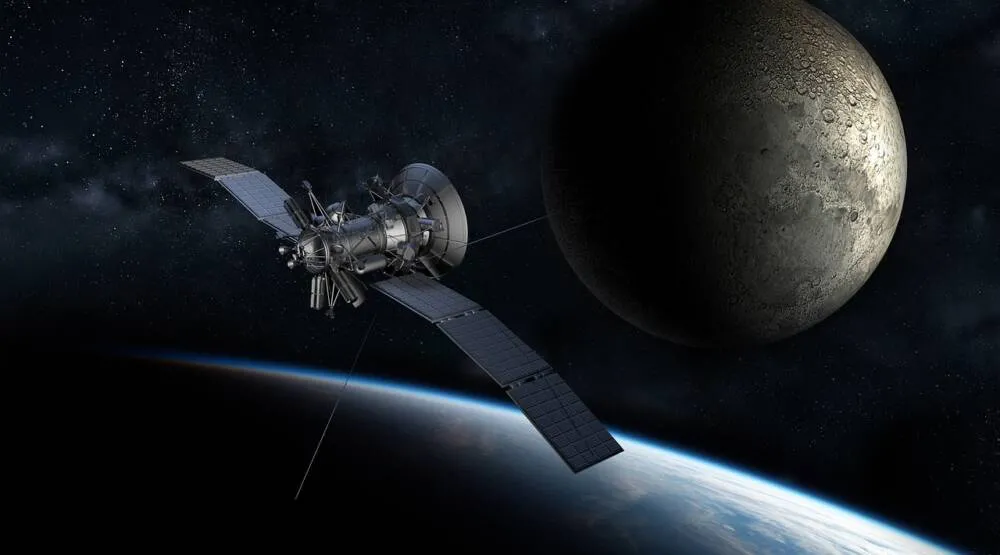On December 18, Norway and the Netherlands will launch 2 nanosatellites.
- With these small and affordable satellites, the Netherlands and Norway are taking a new step in the development of space sensors to provide better orientation in our sea areas - says the Minister of Defence.
– The growing threat from states denying others free access to space requires technologically advanced and affordable space capabilities. The Netherlands and Norway are strategic partners and both have high-tech industries. This led to the development and launch of microsatellites for research and development purposes. In the future, they can be used for both civilian and military purposes, says Defense Minister Bjørn Arild Gram.
Together with knowledge institutes and international partners, Norway is developing low-cost satellites
The MilSpace2 program is part of a research collaboration between the Norwegian Defense Research Institute (FFI) and the Dutch NLR and TNO institutes. In order to regulate the conditions related to the launch as well as the testing and evaluation phase of the satellites in orbit, the Defense Ministries of the two countries signed a Memorandum of Understanding on December 1 to clarify their intentions. In the agreement, the Netherlands and Norway commit to conduct joint activities in space in a safe and responsible manner and in accordance with international space law.
We also recommend the article: Do you want to change your job? How to make your job application interesting for employers?
Discovery and identification
The system to be launched consists of Huygens (Netherlands) and Birkeland (Norway) microsatellites. They fly in tandem at an altitude of about 535 kilometers in Earth orbit, at a distance of 15 to 25 kilometers. This allows satellites to simultaneously record signals as well as detect and identify specific radar systems.
The importance of microsatellites
Due to the limited size and weight of these satellites, launch costs are much lower than traditional, large and expensive satellites. At the same time, these microsatellites can collect high-quality information of military importance. The Netherlands and Norway have world-leading knowledge and technology in microsatellites.
The satellites will be controlled from Norway and the Norwegian and Dutch scientific communities will carry out tests and trials once the satellites are in orbit. Thanks to the MilSpace2 project, both countries can develop the technology towards a strategically and operationally important niche. This contributes directly to the independent understanding of the situation by both countries.
Essential for the armed forces
In the future, this type of space capability will be essential for the armed forces. Navigation, positioning and timing, communication, surveillance and situational awareness, monitoring and reconnaissance must be considered. Military operations are increasingly based on information networks, combined with the above-mentioned functions. Satellites and/or satellite systems are a key element of this.



